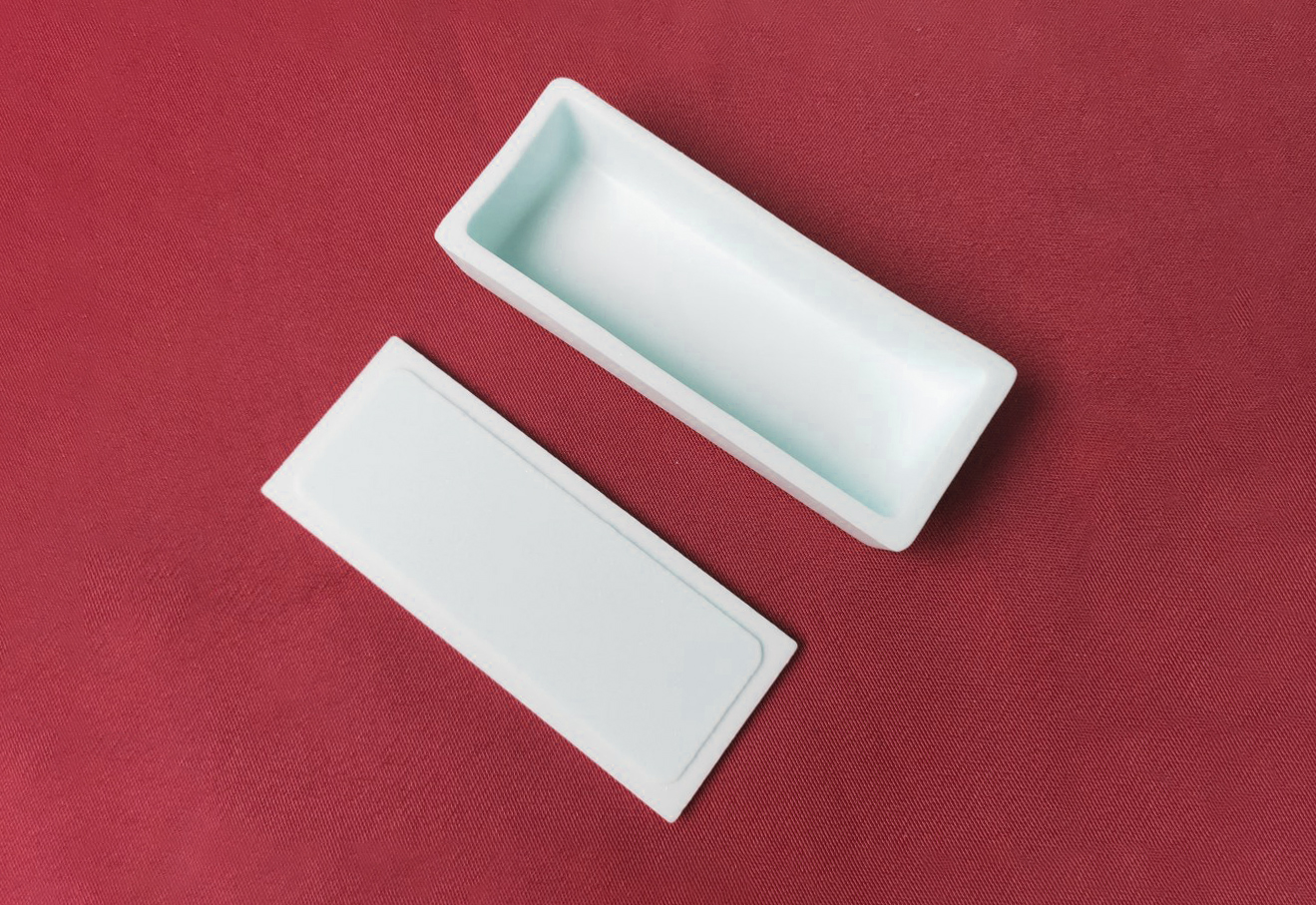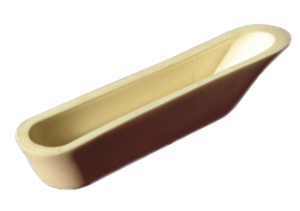Alumina (Al₂O₃), or aluminum oxide, stands as a cornerstone material in the realm of high-temperature applications, prized for its remarkable properties that include high thermal stability, excellent resistance to corrosion and wear, and electrical insulation capabilities. This ceramic material’s resilience to extreme conditions makes it indispensable in a broad array of laboratory and industrial processes, where materials must endure high temperatures without compromising their integrity or performance.
Among the various forms in which alumina is utilized, alumina boats represent a critical application, serving as containers for processing materials at high temperatures. These boats facilitate a wide range of operations, from chemical reactions and material synthesis to heat treatment and analysis, playing a pivotal role in research, development, and manufacturing sectors. Their ability to operate under severe conditions while maintaining purity and stability makes alumina boats invaluable assets in advancing scientific inquiry and industrial innovation.
Properties of Alumina Boats
Alumina boats are distinguished by several intrinsic properties that make them exceptionally suited for high-temperature applications:
- High Thermal Stability: Alumina boats can withstand temperatures up to 1800°C, making them ideal for processes requiring prolonged exposure to extreme heat.
- Thermal Shock Resistance: Despite their ability to endure high temperatures, alumina boats also resist thermal shock, meaning they can withstand sudden changes in temperature without cracking or breaking.
- Chemical Inertness: Alumina is chemically stable, resisting attacks by most acids and bases. This property ensures that alumina boats do not react with the materials they contain, maintaining the purity of samples.
- Mechanical Strength: Alumina boats also exhibit significant mechanical strength, which helps in maintaining their structural integrity under stressful conditions.
- Electrical Insulation: With excellent electrical insulation properties, alumina boats can be used in applications where electrical conductivity could be detrimental.
| Property | Specific Data |
|---|---|
| High Thermal Stability | Up to 1800°C |
| Thermal Shock Resistance | Coefficient: 5 to 8.5 x 10⁻⁶ /°C |
| Chemical Inertness | Inert to most acids/bases except phosphoric acid and strong alkalis |
| Mechanical Strength | Flexural Strength: 300 to 400 MPa |
| Electrical Insulation | Electrical Resistivity: >10¹⁴ ohm·cm at room temperature |
Applications of Alumina Boats
The unique properties of alumina boats make them suitable for a wide range of applications across several industries, emphasizing their versatility and critical role in high-temperature operations:
- Material Synthesis and Calcination: In the field of material science, alumina boats are commonly used for the calcination process, where materials are subjected to high temperatures to induce thermal decomposition or phase transition without melting. They are also instrumental in synthesizing new materials, offering a stable environment for reactions.
- Semiconductor Manufacturing: The semiconductor industry relies on alumina boats for the annealing process, where semiconductor wafers are heated and then cooled to relieve internal stresses. Alumina boats’ thermal stability and purity are crucial for maintaining the integrity of the semiconductor materials.
- Metal Processing: Alumina boats serve in the casting and heat treatment of metals. Their resistance to melting and warping at high temperatures ensures that they can safely contain molten metals and support the processes required to alter metal properties.
- Chemical Analysis: In laboratories, alumina boats are often used to prepare samples for chemical analysis. Their chemical inertness ensures that samples are not contaminated, providing accurate analytical results.
- Ceramic and Glass Manufacturing: The manufacturing of ceramics and glass products also benefits from the use of alumina boats, particularly in processes like sintering, where products are heated to bond them without liquefying the material.
Choosing the Right Alumina Boat
Selecting the correct alumina boat for your specific application requires careful consideration of several factors to ensure optimal performance and longevity:
- Size and Shape: The dimensions and design of the alumina boat should match the requirements of the specific application, including the volume of material to be processed and the space available in the furnace or kiln. Custom sizes and shapes may be necessary for specialized tasks.
- Purity Levels: The purity of alumina can impact its resistance to high temperatures and its reactivity with other materials. Higher purity alumina boats are essential for applications requiring stringent contamination control, such as in semiconductor manufacturing or analytical chemistry.
- Temperature Requirements: Although alumina boats are known for their high thermal stability, different grades of alumina may have varying maximum temperature ratings. It’s crucial to select a boat that can withstand the maximum temperature of your application without degrading.
- Chemical Exposure: Consider the chemicals or materials the alumina boat will be exposed to during the process. Ensure the selected boat’s material composition is compatible and will not react adversely with the process materials.
- Reusability and Longevity: For applications where the alumina boat will be used repeatedly, it’s important to consider the durability and ease of cleaning of the boat. Some processes might necessitate a boat that can be easily cleaned and reused without significant wear.
Conclusion
Alumina boats, with their exceptional properties of high thermal stability, chemical inertness, and mechanical strength, play an indispensable role in high-temperature applications across various industries. From facilitating material synthesis and calcination to supporting semiconductor manufacturing and metal processing, these versatile tools are essential for ensuring precision, purity, and reliability in critical processes. For those in search of high-quality alumina boats, Stanford Advanced Materials (SAM) offers a wide selection, ensuring that every application’s needs are met with the highest standards of quality and performance. Additionally, Advanced Ceramic Materials (ACM) provides an extensive array of alumina ceramic products and other ceramics, catering to more specialized requirements with detailed options for every use case.






